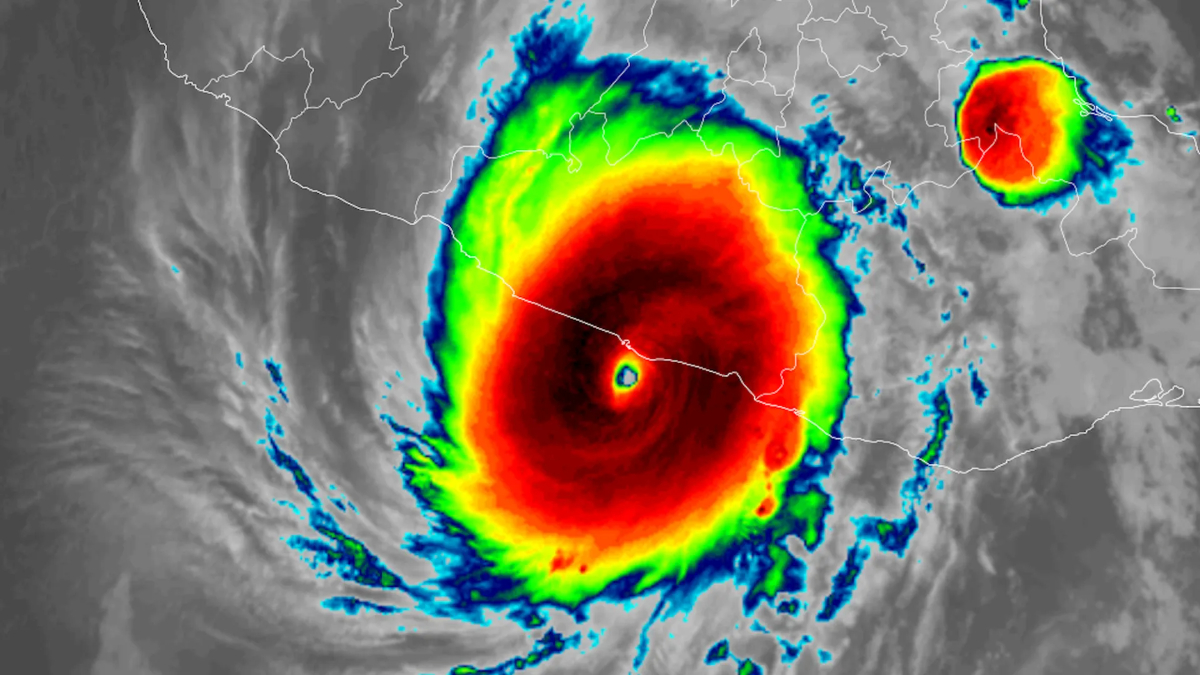
Advertisement
Hurricane Otis underwent a remarkable transformation in just one day, evolving from a minor inconvenience to a formidable natural disaster. Initially making landfall near Acapulco, Mexico as a Category 5 hurricane, it experienced an explosive intensification, gaining approximately 115 mph in wind speed within a 24-hour period. The National Hurricane Center described this rapid escalation as a “nightmare scenario” for southern Mexico.
This level of intensification is exceptionally rare, with only one other storm in recorded history, Hurricane Patricia in 2015, surpassing this level of rapid strengthening. It’s astounding to consider that a mere day before, Otis was anticipated to reach land as a tropical storm.
As a result of this rapid intensification, Hurricane Otis stands as the most powerful hurricane to have ever made landfall in Mexico according to recorded history. While it has since weakened to a Category 2 hurricane, southern Mexico still faces significant threats from strong winds, torrential rainfall, and the risk of flash flooding.
Projections indicate that 8 to 16 inches of rain, and potentially up to 20 inches by Thursday, are expected across Guerrero and the western coastal regions of Oaxaca. This intensification pattern aligns with a concerning trend observed by scientists, where an increasing percentage of tropical storms experience rapid strengthening as they approach land, a phenomenon fueled by warmer ocean temperatures providing extra energy to the storm.
In recent months, the world’s oceans have been experiencing record-breaking temperatures, with several areas grappling with marine heat waves. Hurricane Otis, in particular, took full advantage of a warm patch of ocean with temperatures around 88 degrees Fahrenheit (31 degrees Celsius) just before nearing Acapulco.
Scientists warn that rapidly intensifying storms are likely to become more common due to climate change, a prediction that has been borne out by recent events. Hurricanes Harvey (2017), Laura (2020), and Ida (2021) all exhibited rapid intensification prior to landfall. Notably, Hurricane Dorian in 2019 saw its peak winds escalate from 150 mph to 185 mph in a mere nine hours.
Hurricanes like Ian and Lee in recent years also exemplify this trend, with both storms rapidly gaining speed and power. While the precise factors contributing to rapid intensification remain a subject of ongoing research, climate change-induced ocean warming is considered a potential driver.
A study published in Scientific Reports last week revealed a 29% increase in the likelihood of rapid intensification of tropical cyclones in the Atlantic Ocean from 2001 to 2020 compared to the period from 1971 to 1990. Additionally, more than twice as many hurricanes escalated from Category 1 or weaker to Category 3 or stronger within a span of 36 hours.
This trend poses significant challenges for hurricane forecasting, as predicting rapid intensification remains one of the most formidable tasks in this field. The hurricane center has issued warnings of life-threatening storm surge along the southern Mexico coast and anticipates destructive winds and heavy precipitation further inland, potentially leading to mudslides and flash floods.
